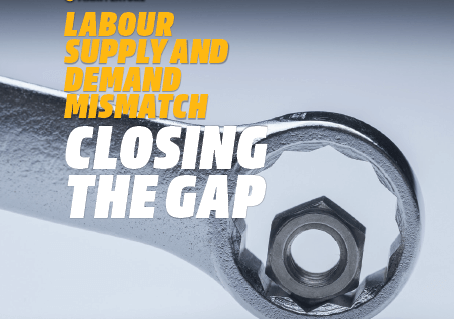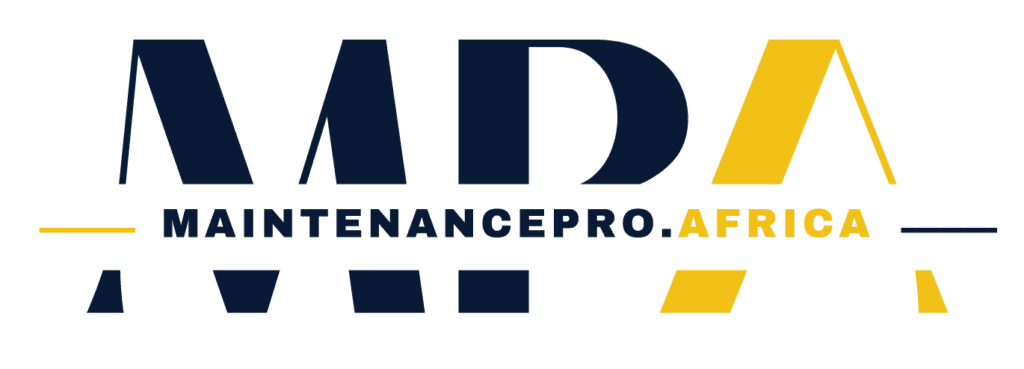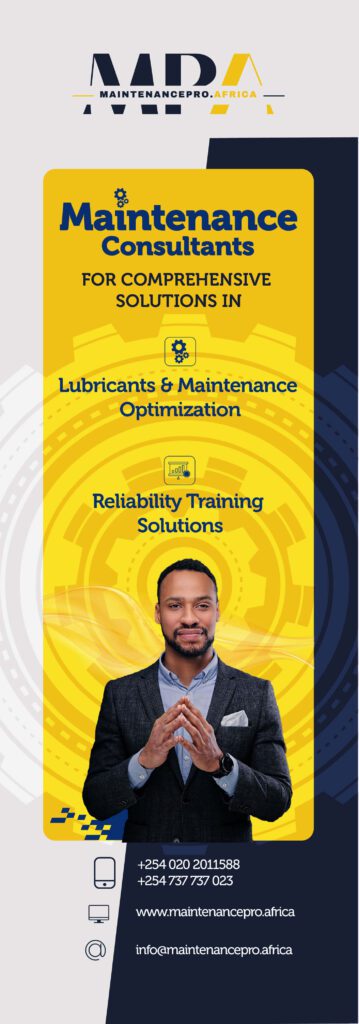
Labour Supply and Demand Mismatch; Closing the Gap
By Dr. James Wakiru
The first few months are used for on-the-job training for engineers joining the job market, specifically in the lubricants and lubrication fields under the maintenance and related sectors. This is occasioned by the fact that recent graduates without industrial experience need to improve some crucial workplace skills. However, these working hours could be converted to substantial output if the educational skills and competencies acquired by the student matched the industry requirements. A good match between labour supply and demand is indispensable for graduates and companies and, consequently, for the economy as a whole1. Three types of mismatch categories are used to relate qualifications, skill and field of study addressing labour supply and demand.
The Field-of-study mismatch or horizontal mismatch occurs when the field of education is unrelated to the field required for the job3. This happens when an employee trained in a particular field works in another field; for instance, a student trained in engineering finds a job in the bank as an accounts assistant. Ultimately, this mismatch may expose the employee to lower earnings than their peers and demotivation in excelling or advancing their skills; eventually, it may affect job satisfaction.
A Qualification or vertical mismatch occurs when workers may be categorized as being over or under-qualified (e.g., when their qualification levels are above/below those theoretically required by the job). The educational attainment is higher than required by their job(over-educated) or lower than needed (under-educated). It is worth noting that the field-of-study mismatch may cause qualification mismatch; for instance, a job seeker may downgrade to find a job if it is in their particular field.
Finally, Skill mismatch occurs when workers’ skill level is higher than required by their job(over-skilled) or lower than needed (under-skilled). For instance, when an employee is trained in automated centralized lubrication systems, he is forced to handle only manual lubrication. This is a significant challenge for employees who undergo higher education in developed countries where the skills attained relate to new technologies. In contrast, back in their home countries, the technology may still be classic. However, this phenomenon may bear fruits in the long run as new technology is assimilated into the industries, offering more opportunities.
STEP (Skills Toward Employment and Productivity) surveys working-age adults (ages 15–64) residing in most countries’ urban areas, providing new and detailed information on education, employment, and related topics. In a recent survey across 12 countries representing most of the world’s major regions and diverse national incomes, two Sub-Saharan African countries were included in the survey, Ghana and Kenya. As illustrated in Table 1, Ghana(n=2,070) and Kenya(n=1,956) had a 52.3% and 65.5% skill mismatch, respectively. The qualification mismatch of over-educated was 39.5% and 24.9%, while undereducated was 12.8% and 40.4% for Ghana and Kenya, respectively. In Kenya, the report indicates the under-educated rates exceed the over-educated rates significantly, and Ghana contrasts this trend, where the over-educated exceeds under-educated rates.

Many graduates are exposed to experience gaps, disadvantaging them in the job market where employers recruit young people with several years in a workplace. On the other hand, the employers complain of a skill gap in the new employees.
Problem
One may conclude that students need to take the suitable courses. However, most courses are designed to offer knowledge on subjects deemed necessary in the market and further provide skills to assist the student in being employed and performing as required.
However, in the maintenance sector, where lubrication is included, the skills and competencies transferred to the students in higher education institutions should be in tandem with the skills and competencies required in the industry. Conversely, the institutions are tasked with transferring the skills necessary for the job market and skills that can be utilized in the global(local and international)l environment. This introduces a complexity where the interaction between academia and industry must bring a trade-off. For instance, most industries globally rely on periodic lubricant analysis as a critical condition-monitoring strategy in maintaining capital-intensive assets. Other techniques, such as vibration analysis, ultrasound, and infrared thermography, may be employed moderately compared to oil analysis. While reviewing oil analysis, several issues can be identified. First, most engineering courses need to consider skills related to real-life lubricants and lubrication systems, which disadvantages the student’s employment as a maintenance engineer. Second, the extent of skills transferred to the students may include online monitoring using sensor technology. At the same time, the industry may need to be advanced to that level, causing a vertical mismatch.
In the industry, a graduate engineer entering the workplace for the first time is expected to retain minimum requirements to undertake several duties. However, most of the responsibilities that the new engineer employees are given, they may have never handled or been trained on, sometimes save to see the work being performed during their external industrial attachments. Fundamental skills necessary to work in the industry include selecting lubricants and greases, undertaking greasing and lubrication, bearing lubrication, oil drainage interval optimization, and alignment and balancing of rotating members.
Solutions
Industry need analysis can be carried out while comparing with the current syllabus, where tutors may incorporate the required skills to be transferred to the students in their teaching. This may not warrant a change in the syllabus or curricula but will ensure the subjects are adopted not only for academic purposes alone but also having a different lens towards the industry.
Students require better career advice and skills mapping. This will help them know which skills are required in different industries and enable them to review their suitability. To help graduates find the right jobs, many universities are experimenting with new ways to make their career advice more accessible and meaningful. Some Institutions of higher learning have created platforms to guide the students, for instance, online skills versus career matching personal career planning sessions.
Invitations of the industry to the institution of learning for seminars and displaying the work various organizations are involved in is another solution for the mismatch. This should be part of the syllabus or semester classes to enable the student to link a specific subject to the market requirements.
We should measure our success as universities by how much we help students develop their talents and skills to a point where they can access industries and careers that will be fulfilling — enabling students to play a winning hand after graduation is time and effort well spent. The success of institutions of education should be measured by the extent to which they help students develop talents and skills to a point where they can access industries and careers that will be fulfilling. The industry for which the university is training the students should be a very involved stakeholder in this process of preparing the students for the job market.
References:
- Somers, M. A., Cabus, S. J., Groot, W. & van den Brink, H. M. Horizontal Mismatch Between Employment and Field of Education: Evidence From a Systematic Literature Review. J. Econ. Surv. 33, 567–603 (2019).
- Handel, M. J., Valerio, A. & Puerta, M. L. S. Accounting for Mismatch in Low- and Middle-Income Countries. (2016). doi:10.1596/978-1-4648-0908-8
- Heijke, H., Meng, C. & Ris, C. Fitting to the job: the role of generic and vocational competencies in adjustment and performance. Labour Econ. 10, 215–229 (2003).


